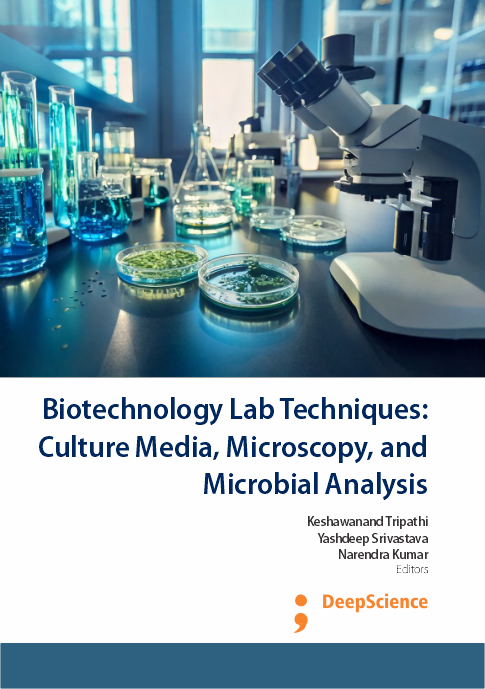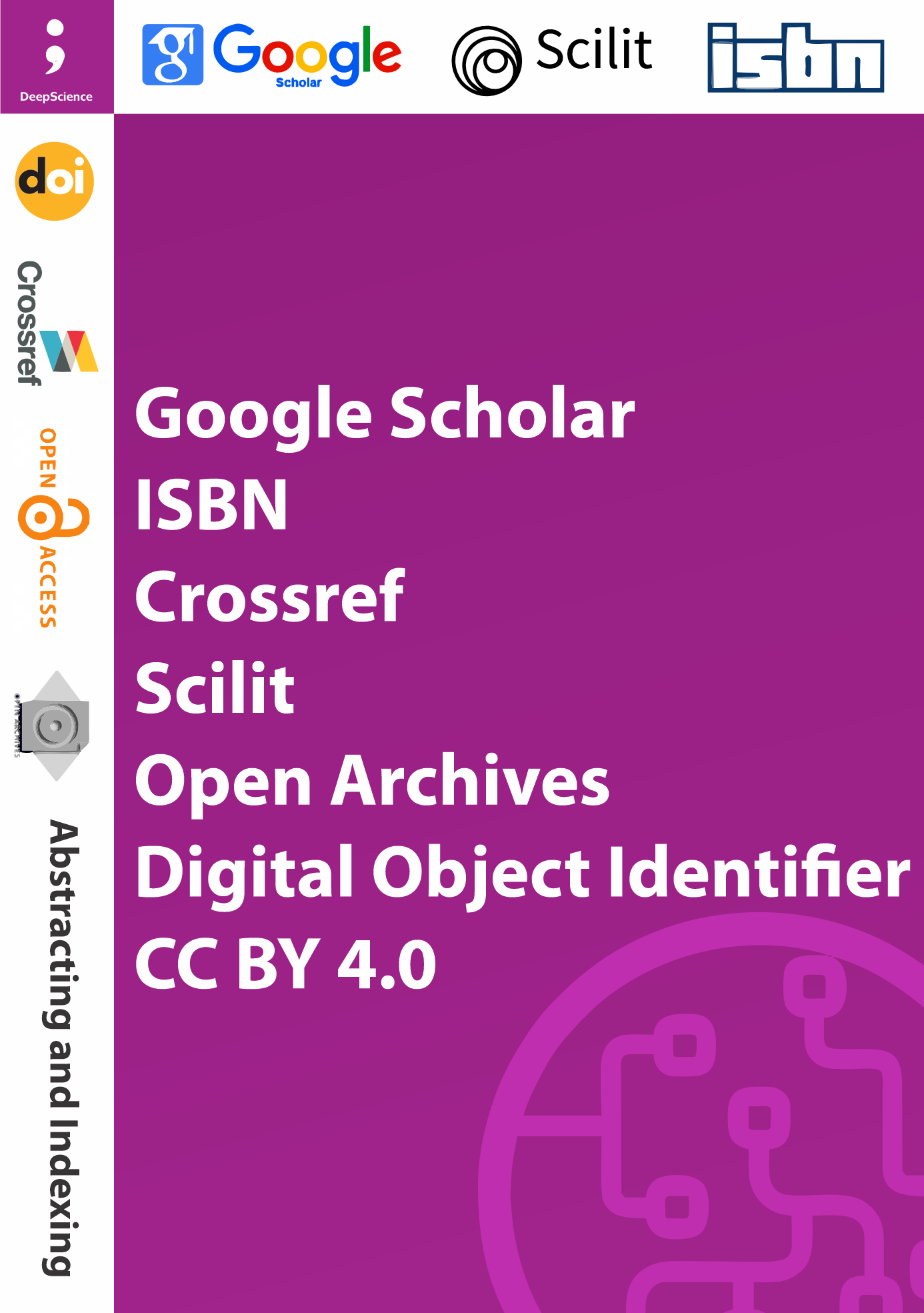Spectrophotometric estimation of phytosterols: Principles, methodology, and analytical applications
Synopsis
Cholesterol, obtained through dietary intake and synthesized by liver and intestinal cells, plays an essential role in the biosynthesis of bile acids, vitamin D, and steroid hormones (Harborne, 1998). However, high cholesterol levels increase the risk of vascular accidents and atherosclerosis. Oilseeds in plants are good cholesterol sources. The determination method (Sadasivam, and Manickam, 2008; Allain et al., 1974) involves cholesterol oxidase catalysis. The enzyme reagent in the commercial kit includes specific concentrations of ammonium phosphate, 4-aminoantipyrine, sodium cholate, cholesterol oxidase, horseradish peroxidase, DHBSA, and Triton X-100 (Akinyemi, and Oboh, 2013). The process measures cholesterol enzymatically through reactions that hydrolyze cholesteryl esters, oxidizing cholesterol to produce H2O2, which forms a measurable colored complex using a spectrophotometer (Kumari and Jain, 2015).














